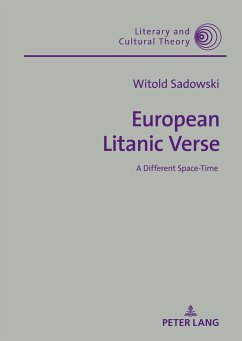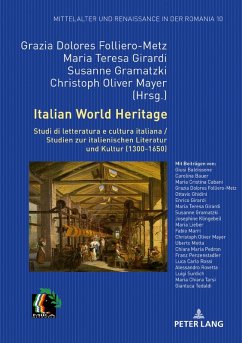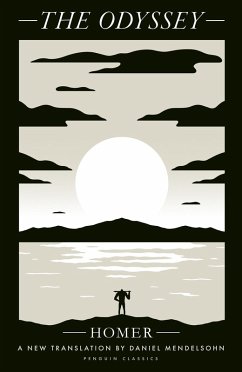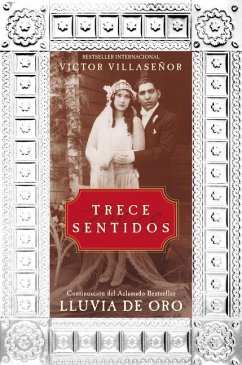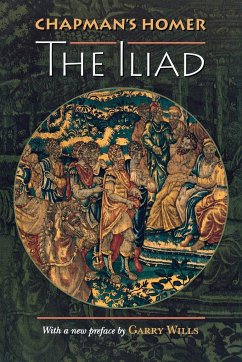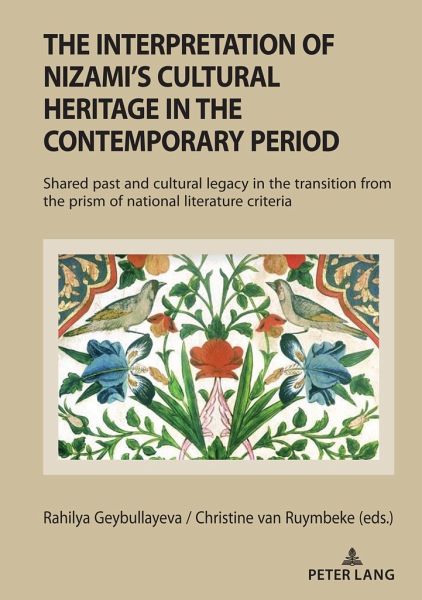
The Interpretation of Nizami's Cultural Heritage in the Contemporary Period
Shared past and cultural legacy in the transition from the prism of national literature criteria
Herausgegeben: Geybullayeva, Rahilya; van Ruymbeke, Christine
Versandkostenfrei!
Versandfertig in 6-10 Tagen
108,95 €
inkl. MwSt.

PAYBACK Punkte
0 °P sammeln!
This book fills a void in the field of pre-modern literature written in Persian. It is the first scholarly publication in English language on and around the poet Nizami Ganjavi written by important Western and Non-Western scholars, enriching the field with an awareness of their knowledge and research interests.The multidisciplinary volume initiates a much-needed dialogue it initiates a much-needed dialogue between the metropolitan and postcolonial academic points of view.By the example of Nizami's poems it shows how different academic circles interpret Medieval authors in relation to modern-da...
This book fills a void in the field of pre-modern literature written in Persian. It is the first scholarly publication in English language on and around the poet Nizami Ganjavi written by important Western and Non-Western scholars, enriching the field with an awareness of their knowledge and research interests.
The multidisciplinary volume initiates a much-needed dialogue it initiates a much-needed dialogue between the metropolitan and postcolonial academic points of view.
By the example of Nizami's poems it shows how different academic circles interpret Medieval authors in relation to modern-day national identity and national cultures. Unlike in Europe and USA, in the USSR citizenship and ethnicity, like two modern official different criteria of identity, became a stumbling block in the division of cultural heritage of the past. Irredentism is a central topic in the post-Soviet Union world and gives a voice to the peripheral rather than to the metropolis with its colonial arguments. The richness and usefulness of this volume is that the contributions that take this innovative standpoint are put side by side with others, which remain within the traditional literary analysis and examine Nizami's creative thoughts on human, society, women, or justice.
The multidisciplinary volume initiates a much-needed dialogue it initiates a much-needed dialogue between the metropolitan and postcolonial academic points of view.
By the example of Nizami's poems it shows how different academic circles interpret Medieval authors in relation to modern-day national identity and national cultures. Unlike in Europe and USA, in the USSR citizenship and ethnicity, like two modern official different criteria of identity, became a stumbling block in the division of cultural heritage of the past. Irredentism is a central topic in the post-Soviet Union world and gives a voice to the peripheral rather than to the metropolis with its colonial arguments. The richness and usefulness of this volume is that the contributions that take this innovative standpoint are put side by side with others, which remain within the traditional literary analysis and examine Nizami's creative thoughts on human, society, women, or justice.





